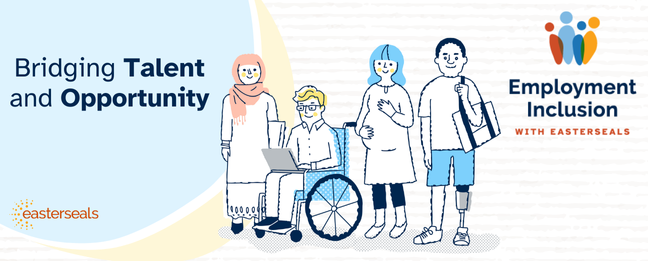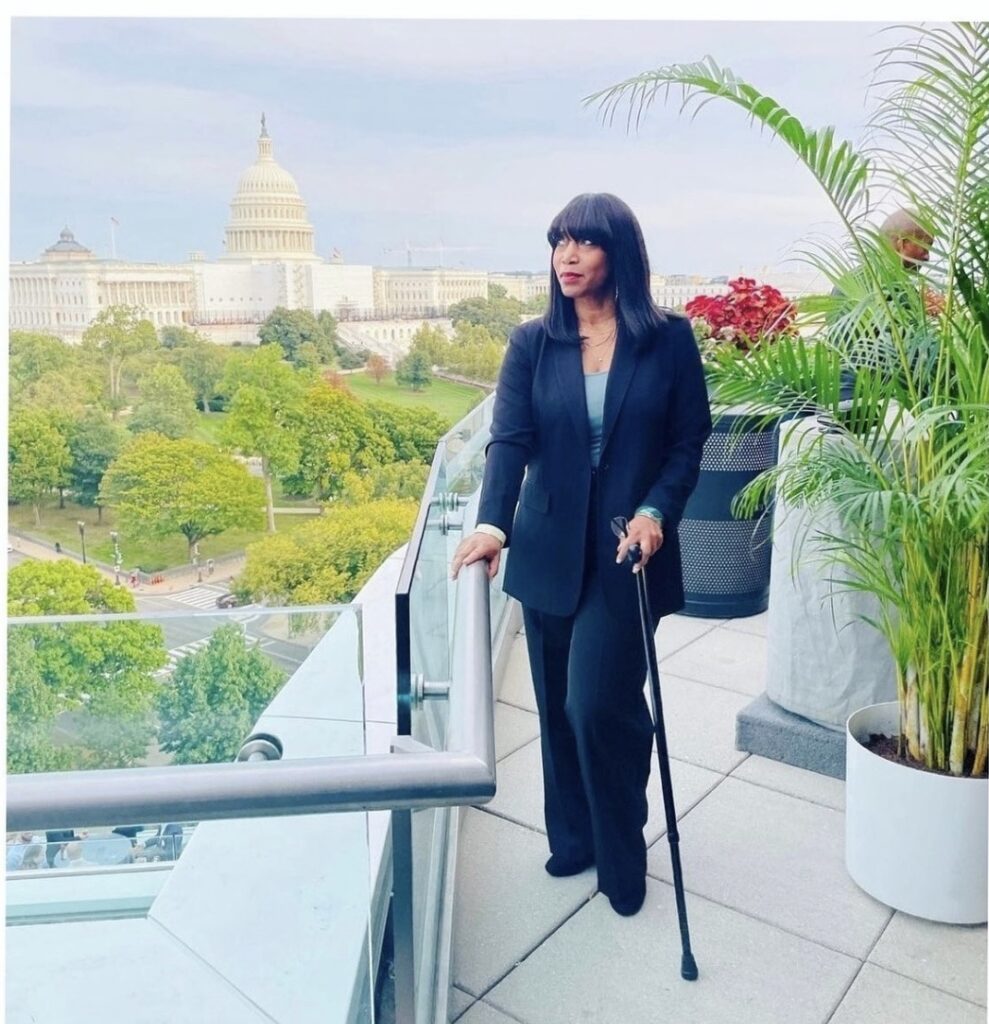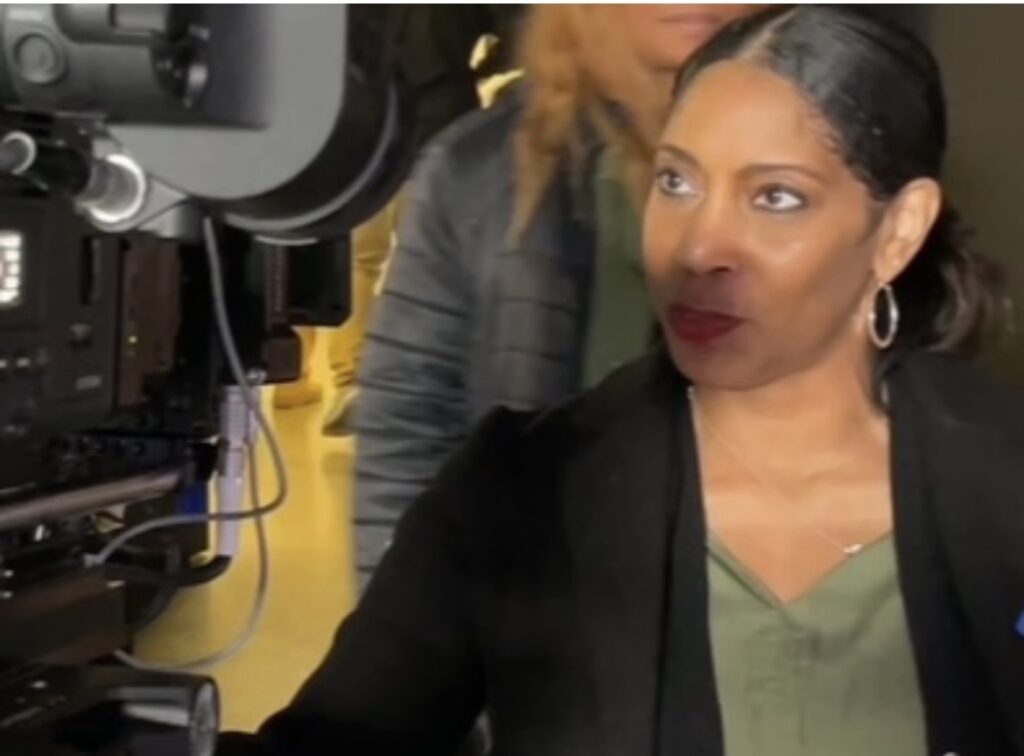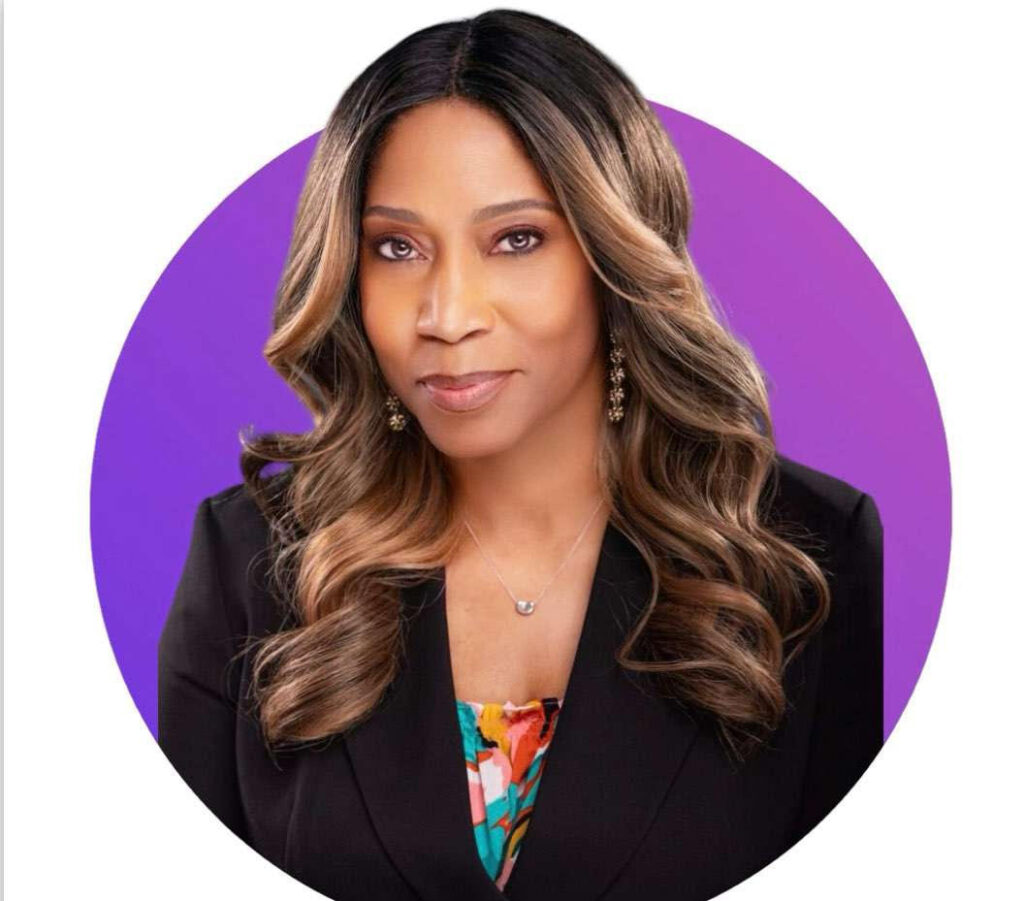Workforces Beyond Compliance: Building a Truly Accessible Workplace for All
by Blog Writers

By Andrea Jennings
National Disability Employment Awareness Month, known as NDEAM, is honored and observed annually each October. This year, in 2024, the NDEAM Theme is “Access to Good Jobs for All.” Assistant Secretary of Labor for Disability Employment Policy, Taryn Williams, announces this year’s official theme in this video. When I read the title of this theme, what resonates with me is that society is finally moving past disabled individuals just “securing” a job. This empowering theme indicates that we seek viable, sustainable employment beyond compliance and merely compliant-based accessibility. This theme pushes for accessible jobs and careers at the forefront that have liveable wages and are psychologically and culturally safe environments for all.
Often, when attempting disability inclusion, many companies focus only on compliance with the Americans with Disabilities Act (ADA) and meeting specific diversity quotas. However, by solely doing it this way, disability inclusion is not being set up for success. While these efforts are essential, they often stop short of fostering authentic accessibility and inclusivity. Compliance alone, though crucial, can become more of a box-ticking exercise and performative if anything else. If companies limit their focus to meeting legal requirements and quotas, they miss out on creating a genuinely accessible workplace that benefits and empowers all employees, including those with disabilities. So, it is not the accessibility and equity programs at fault; it is how they are being implemented and, more importantly, why they are being implemented in the first place.
“Creating and developing programs that reflect multicultural communities is the way of the future. Disabled individuals and other underrecognized groups are overlooked and underserved and could benefit from universally designed infrastructures. Many are opinion leaders in their communities and can contribute to the workplace in many ways, given an equitable opportunity.” -Andrea Jennings

Compliance is the starting point. I can tell when a company is serious about wanting to drive real accessibility culture change in their organization because of their discovery questions when I first meet with them about securing my services to help them. One of the giveaways is that they genuinely want to learn themselves. They have done some basic research, just as one would if they were taking an out-of-country excursion. They wanted to know about a new culture carefully and enthusiastically because they did not want to offend that culture. The company’s representative usually wants to involve me in deeper layers of their company culture past a lunch webinar, and they want to truly learn how to integrate accessibility throughout their companies. They also have a budget because they value my expertise, lived experience, and Disability culture. Organizations seeking authentic change seek out disabled individuals like myself or work with larger companies like Easterseals, who work with authentic disabled individuals who understand that accessibility is not a one-and-done lab “program” or a one-person department, they know that it is an ongoing lifestyle and a community. Organizations that view accessibility as the bare minimum do little to address the attitudinal and systemic barriers that disabled employees face daily. Disability inclusion must go beyond quotas and metrics to focus on meaningful inclusion—ensuring that people with disabilities are not just present in the workforce but are also genuinely valued as contributors.
Breaking Down Attitudinal Barriers
One of the most significant challenges to workplace inclusivity is the persistence of attitudinal barriers. The JAN Accommodation Toolkit is an excellent resource for employers to learn to go above and beyond compliance. Many employers and coworkers make assumptions about the abilities of people with disabilities, often underestimating their potential. These biases are harmful to accessibility by creating an environment where disabled employees are viewed through a lens of pity or infantilization rather than as respected professionals with valuable skills.
For companies to progress, they need to foster an environment of open dialogue and respect. The key is to shift the paradigm from focusing on an individual’s disability to understanding and eliminating the barriers that prevent their full participation. For me, it was never my disability that prevented my inclusion. It was the barriers.
Tokenism: A Barrier to Authentic Inclusion
 Tokenism is the practice of recruiting individuals with disabilities without even considering that there are qualified disabled candidates just to meet a quota. Tokenism limits opportunities for growth, real collaboration, and contribution. It is counterproductive to reduce employees to mere statistics. I am not a statistic but a human with lived experience. Tokenism not only hurts the experiences of disabled workers but also undermines the overall inclusivity of the organization.
Tokenism is the practice of recruiting individuals with disabilities without even considering that there are qualified disabled candidates just to meet a quota. Tokenism limits opportunities for growth, real collaboration, and contribution. It is counterproductive to reduce employees to mere statistics. I am not a statistic but a human with lived experience. Tokenism not only hurts the experiences of disabled workers but also undermines the overall inclusivity of the organization.
Genuine inclusion requires integrating qualified people with disabilities into all aspects of the workplace, from leadership roles to daily operations. It also recognizes that because of systemic ableism, there are opportunities and experiences that disabled individuals have not been invited to experience. Organizations must invest in bridging that gap by offering development programs for disabled employees who want that support and providing them with the tools, mentorship, and opportunities they should have always had to set them up for success.
Recognizing the Value of Disabled Employees
Recognition and ensuring people feel seen and heard figuratively speaking is powerful. The benefits of going beyond tokenism are immense. Employees with disabilities are opinion leaders who bring many unique perspectives and skills to the table, which can enhance overall team performance. Studies have shown that diverse teams, including those with disabled members, are more innovative and adaptable.
By recognizing employees with disabilities as valuable contributors, companies can build a stronger, more dynamic workforce.
Authentic Inclusion: A Path to Innovation and Psychological Safety
Genuine accessibility and inclusion environments benefit all employees and lead to a more innovative and productive workplace. Companies that foster authentic inclusion create psychologically safe environments where all employees feel empowered to voice their ideas and concerns. How many times have you worked better because you felt comfortable? I am sure it has affected you in some way. Think about this: Are you talking to your employees about this subject to increase collaboration, innovation, and a better work environment that values diversity as an asset? Or are you talking about accessibility as an obligation? If it is the latter, it is time for a change. Please consider utilizing some of these ideas from the 31 Days of NDEAM published by the Department of Labor.
Accessible and inclusive workspaces are the future! They are places of growth, creativity, and psychological safety where everyone can be successful. These spaces level the playing field for success. Companies that embrace this mindset are aligned for better company morale and better positioned for long-term success.
 Andrea Jennings, M.Mus., Series TV host and a producer for Access for All: Integrating Accessibility, is a disability & accessibility in media Strategist, director, and lead actress in an award-winning film. Passionate about music, law, and entertainment. Her journey led to creating Shifting Creative Paradigms – Leveling The Playing Field®, a multi-media social enterprise production co. that advocates for social justice through Disability culture, film, music, and art. She is a chair emeritus and current commissioner for an Accessibility and Disability Commission. Andrea’s scholarly contributions include co-authoring the pivotal health equity report, The Atlantic | OPRG’s report on “The Intersection of Health Equity in Communities & Business Strategy,” which addresses systemic challenges in health equity. Her work has graced prestigious platforms like Park Avenue Armory, The Metropolitan Museum of Art, and Rutgers University. Her work has also been recognized in Forbes, Billboard Magazine, The Atlantic Magazine, The Hollywood Reporter, and The New York Times.
Andrea Jennings, M.Mus., Series TV host and a producer for Access for All: Integrating Accessibility, is a disability & accessibility in media Strategist, director, and lead actress in an award-winning film. Passionate about music, law, and entertainment. Her journey led to creating Shifting Creative Paradigms – Leveling The Playing Field®, a multi-media social enterprise production co. that advocates for social justice through Disability culture, film, music, and art. She is a chair emeritus and current commissioner for an Accessibility and Disability Commission. Andrea’s scholarly contributions include co-authoring the pivotal health equity report, The Atlantic | OPRG’s report on “The Intersection of Health Equity in Communities & Business Strategy,” which addresses systemic challenges in health equity. Her work has graced prestigious platforms like Park Avenue Armory, The Metropolitan Museum of Art, and Rutgers University. Her work has also been recognized in Forbes, Billboard Magazine, The Atlantic Magazine, The Hollywood Reporter, and The New York Times.






